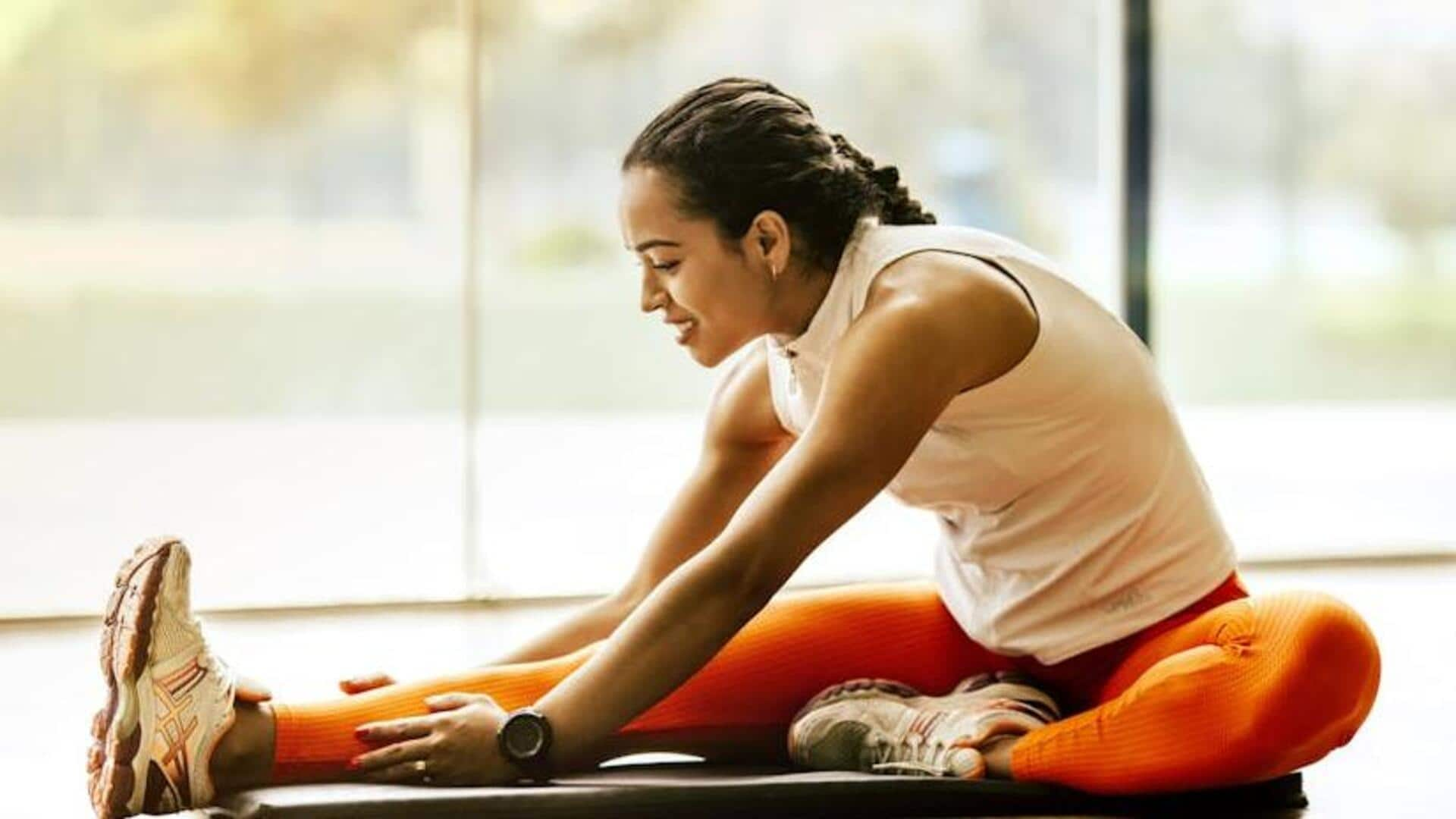
Yoga v/s Pilates: Which one sculpts and soothes better?
What's the story
Yoga and Pilates are both popular fitness practices, each offering unique benefits for the body and mind.
While both focus on strength, flexibility, and mental well-being, they differ in techniques and philosophies.
Understanding these differences can help you choose the practice that best aligns with your needs.
This article delves into the key aspects of yoga and Pilates, highlighting how each practice uniquely contributes to physical health and mental relaxation.
Flexibility
Flexibility focus in yoga
Yoga focuses on flexibility by incorporating a sequence of poses that stretch different muscle groups.
These poses enhance range of motion, promote good posture, and alleviate tension in the body.
Consistent practice gradually improves flexibility, which can prevent injuries during other physical activities.
The emphasis on breath control fosters relaxation, making yoga a comprehensive practice for physical well-being.
Core strength
Core strength with Pilates
Pilates is all about that core! The exercises zero in on your abs and other stabilizing muscles around your spine.
By strengthening these key areas, Pilates improves your posture and balance while also reducing your risk of back pain.
And don't forget those slow, controlled moves. They demand focus and precision, providing a full-body workout that tones your muscles without adding bulk.
Mindfulness
Mindfulness through yoga practice
Yoga includes mindfulness as a key component of its practice.
Through meditation and concentrated breathing exercises, individuals learn to stay in the present moment.
This focus on mindfulness helps lower stress levels by triggering relaxation responses within the body.
It also fosters self-awareness, potentially leading to improved emotional regulation beyond the yoga mat.
Low-impact exercise
Low-impact nature of Pilates
Pilates is a low-impact exercise, making it ideal for individuals with joint issues or those recovering from injuries.
Its gentle approach ensures minimal strain on joints while still effectively engaging muscles throughout each session.
This makes it perfect for individuals at various fitness levels, seeking safe yet challenging workouts without the high-impact stressors common in other exercise forms.